How many times have you heard that “intermittent fasting helps you lose weight!” or “intermittent fasting has caused me to drop 10 pounds of fat” or something similar along those lines?
You may hear all these great things from intermittent fasting but how exactly does it all work? Is it true?
Well, in this post I’m going to break down why exactly intermittent fasting actually DOES cause you to lose fat. Not just weight, but FAT. Now, there are actually multiple benefits of fat loss from intermittent fasting and in this post I’m going to explain just one way.
It’s not magic, it won’t cause you have a 6 pack in a week but if you do it right, stick with it and understand why it works then you’ll soon realize that you can actually lose fat from intermittent fasting.
If you’re curious what intermittent fasting is you can read a 5,000 word post I wrote for a complete guide on it but basically you don’t eat for an elongated, set, amount of time and then you eat during a “feasting window.”
For example, a common style is called 16:8. It’s basically where you go for 16 hours of fasting (not eating) and then 8 hours of eating. One way of this is you stop eating at 8:00 PM and don’t eat until 12:00 PM the next day.
So, how exactly then do you lose fat by just not eating? Well, let’s first look at the “how you get fat” part and then we’ll look at how to lose it.
How Do We Actually Get Fat? (scientific explanation)
When I first heard about intermittent fasting I thought it was ridiculous. You just skip breakfast and don’t eat until the afternoon and you lose fat…I was skeptical. However, after looking more and more into it I’ve discovered that you do actually burn fat, and it’s more simple than you think.
Before we break down why you burn fat I think it’s important to understand why we get fat in the first place as to explain the reverse process then of losing fat.
There’s a book that explains this process well and as I was reading it I thought it was quite relevant to why intermittent fasting is so powerful for losing fat.
The book is called, The Obesity Code by Jason Fung, MD. I got it from Amazon and I’ll get a link and a picture for you if you want a copy as well. (click here to see the book on Amazon)
In the book Jason explains how we accumulate fat. It starts with insulin.
Insulin is a hormone that controls the blood sugar (glucose) levels in our blood streams. Refined carbs can raise blood sugar levels more than other foods. And with an increase in blood sugar levels an equivalent increase of insulin occurs. Insulin then opens the cell doors to let those sugars, proteins, fatty acids or other broken down foods in.
“Insulin is a key regular of energy metabolism, and it is one of the fundamental hormones that promote fat accumulation and storage. Insulin facilitates the uptake of glucose into cells for energy. Without sufficient insulin, glucose builds up in the bloodstream.” – The Obesity Code, by Jason Fung, MD. Page 74, copyright 2016.

When we eat too many carbs then there’s more glucose available than needed. Insulin then helps move that glucose from the bloodstream to storage for later use. This glucose is stored by the liver, which at that point it’s turned to glycogen, through a process called glycogenesis. Insulin is the main hormone responsible for the process of gylcogenesis.
But the liver can only store a limited amount of glycogen (or “energy sources”). When those liver stores are full the excess carbs are turned into NEW FAT!
Ok, I know that might be getting a little too scientific for some of you. You may have just come here to read why intermittent fasting helps you lose weight and here I am ranting about glycogen and liver storage! So, what does this all mean?
Basically, if you eat a significant amount of carbs that can spike your glucose and insulin levels. Then those carbs get stored for energy and if you had too much it gets stored as fat! Not mind blowing but now you know exactly how that happens.
How Fasting Helps Burn Fat
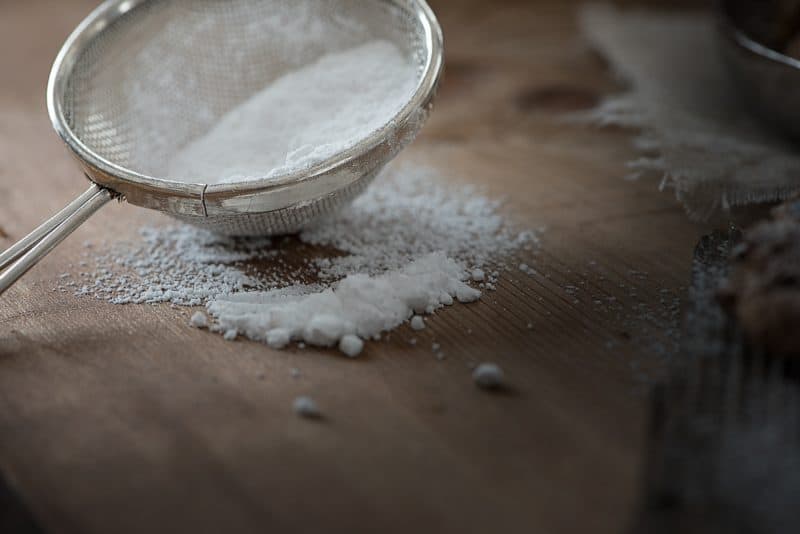
We just described how we get fat in the first place. Basically, you consume more glucose than your body can burn through so it stores it as new fat. Nothing new but it is interesting how exactly, from the scientific viewpoint, that happens.
So now, you have this stored glycogen after eating high amounts of carbs. And a few hours after this meal your insulin and blood sugar levels start to return to normal. At that point there is less glucose available to be turned to energy, as long as you still haven’t eaten anything, so your body then starts to break down those glycogen stores into glucose again to then use it for energy. Now that fat storing process is reversed!
To quote from the book:
“Glycogen is easily available, but in limited supply. During a short-term fast (“fast” meaning that you do not eat), your body has enough glycogen available to function. During a prolonged fast, your body can make new glucose from its fat stores – a process called gluconeogenesis (the “making of new sugar”). Fat is burned to release energy, which is then sent out to the body – the fat-storage process in reverse.” – The Obesity Code, by Jason Fung, MD. Page 74, copyright 2016.
As Jason explains, that fat storing process is reversed. And because insulin is a storage hormone it’ll turn on the stored sugar and fat as this process is reversed.
When you fast your insulin levels return to normal and the BURNING OF FAT BEGINS!
The burning of fat happens when you FAST.
That’s how you lose fat with intermittent fasting. It’s because this fat storing process gets reversed by your body through not eating.
Summarizing The Fat Storage and Fat Burning Process
To summarize this process:
- Carbs are consumed
- Carbs increase insulin levels
- Insulin is a storage hormone that turns those carbs to glucose which is stored in the liver for energy as glycogen
- Excess carbs that can’t all be stored in the liver get stored as NEW FAT
- When insulin levels and glucose levels return to normal in your body after not eating, or fasting, your body then turns to other sources of energy
- Your body then reverses the fat storing process
- Insulin retrieves the sugar and fat stored in your body and turns it to energy
- Fat burning process has been activated through fasting!
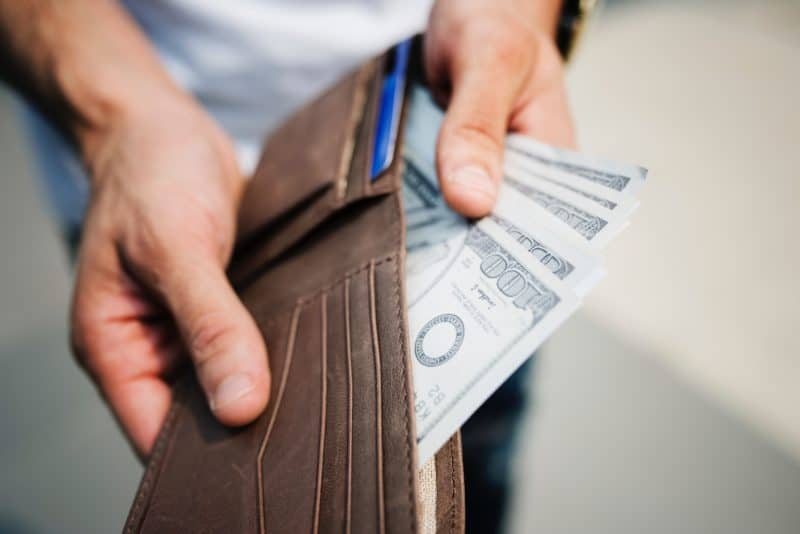
Jason gives a good example:
Imagine that glycogen is like your wallet. How cash can easily go in and out but you can only hold a certain amount of it. Now imagine your bank account as fat stored. An overflow of cash you’ll then put in your bank (stored fat). You can still get cash out of your bank but it’ll be much quicker to get cash from your wallet. However, if you run out of cash from your wallet you’ll go to the bank to get more if you have no more cash coming in (the fat burning process in reverse).
If you want to read the book for yourself I highly suggest it. There’s so much more to the book than what I just described. That part is only the first quarter of the book! You can find it on Amazon for $12.88 for paperback. Click here or the image below for a link to it. If you click the imagine and buy a copy I will get a share of the purchase through an affiliate link.
IF YOU GOT SOMETHING OUT OF THIS BLOG POST PLEAS SHARE IT! TO HELP OTHERS UNDERSTAND WHY INTERMITTENT FASTING HELPS WITH FAT LOSS.
ALSO COMMENT BELOW FOR YOUR THOUGHTS ON THIS. EVEN IF YOU HAVE ANOTHER OPINION OR FIND FLAWS IN MY ARTICLE LET ME KNOW.
Disclaimers
I am not a doctor and do not recommend anything on this site, or blog post, for anyone without consulting with their doctor first.
There are affiliate links in this post where I’ll get a paid fee if you purchase something from that link.



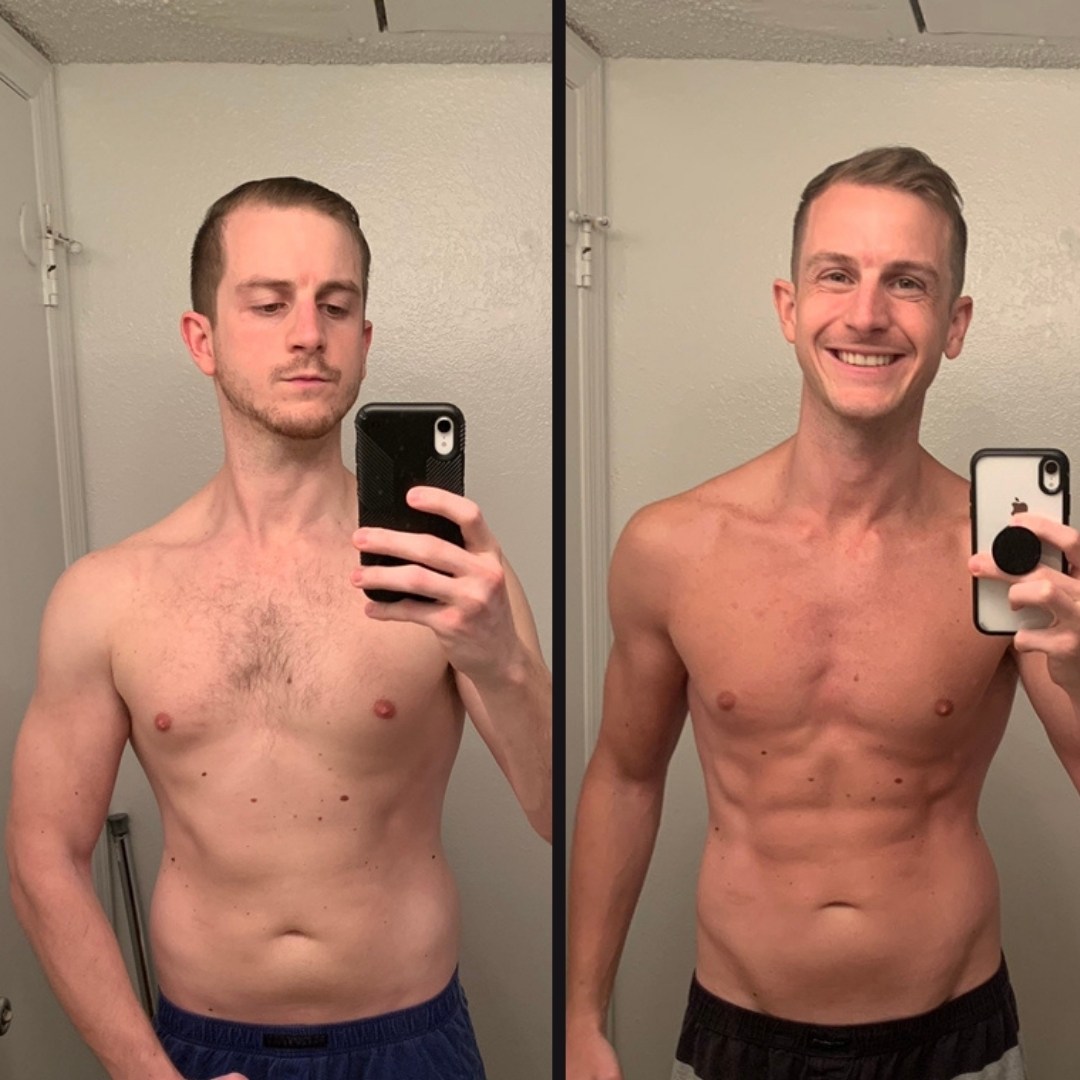


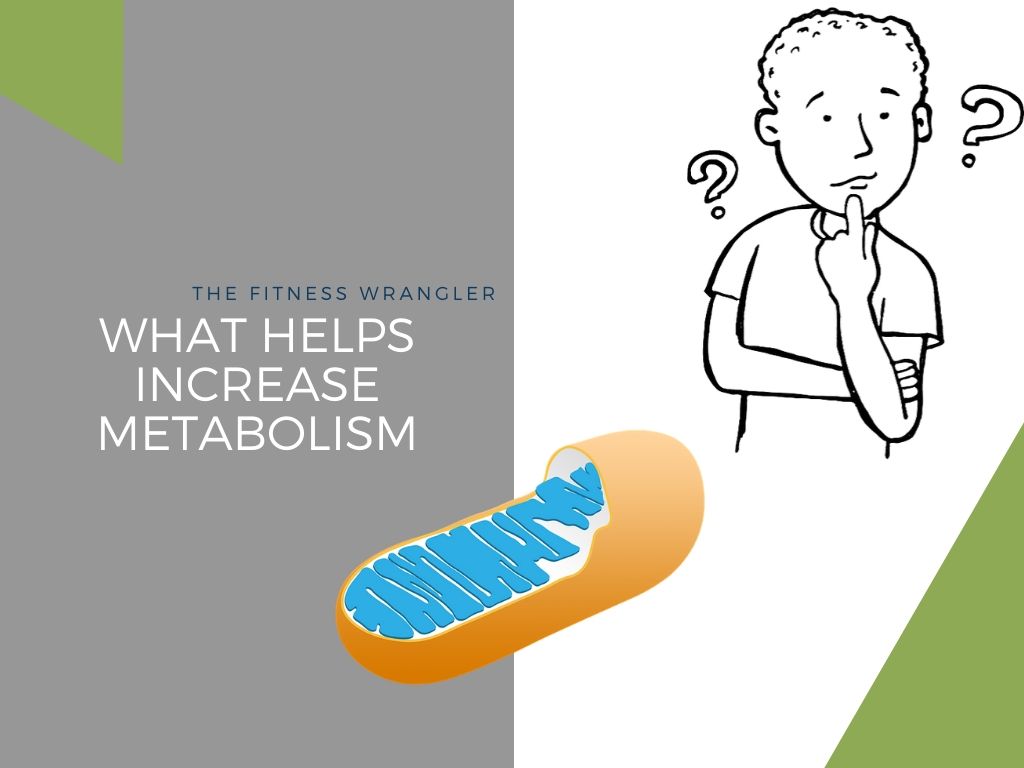

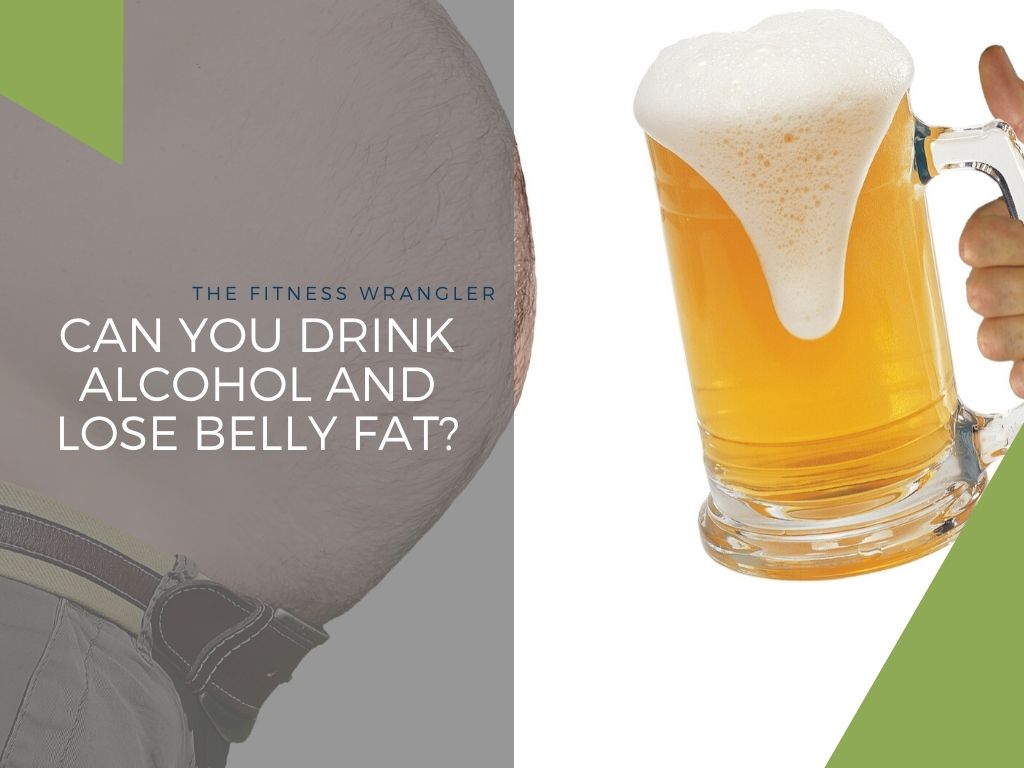

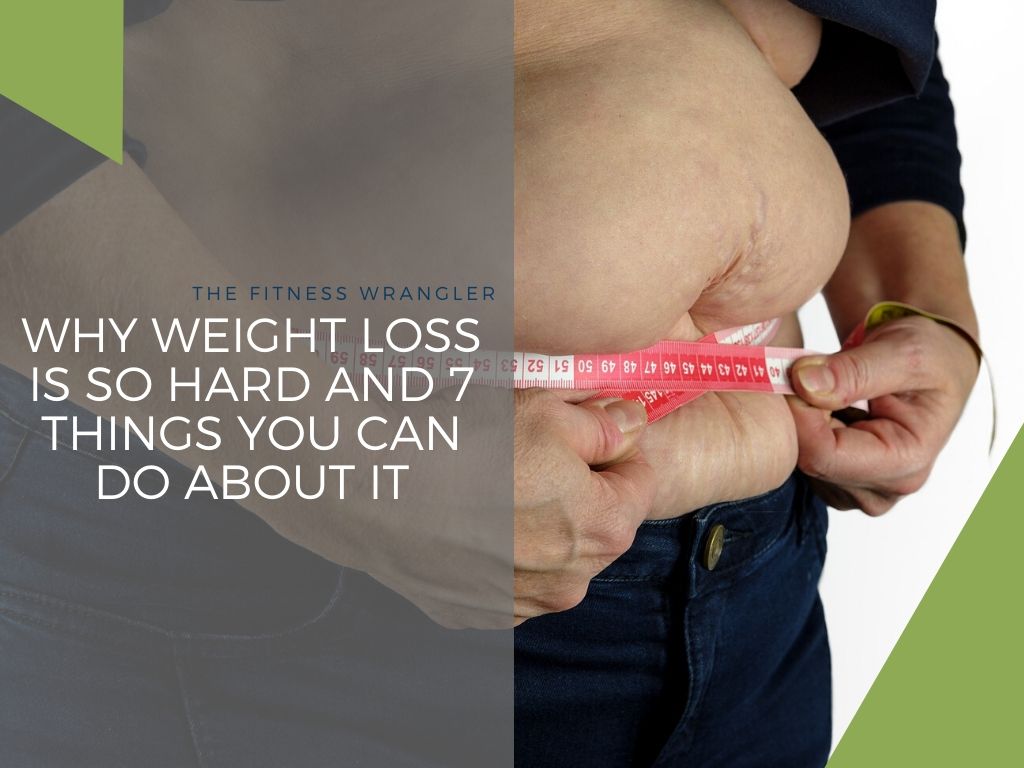
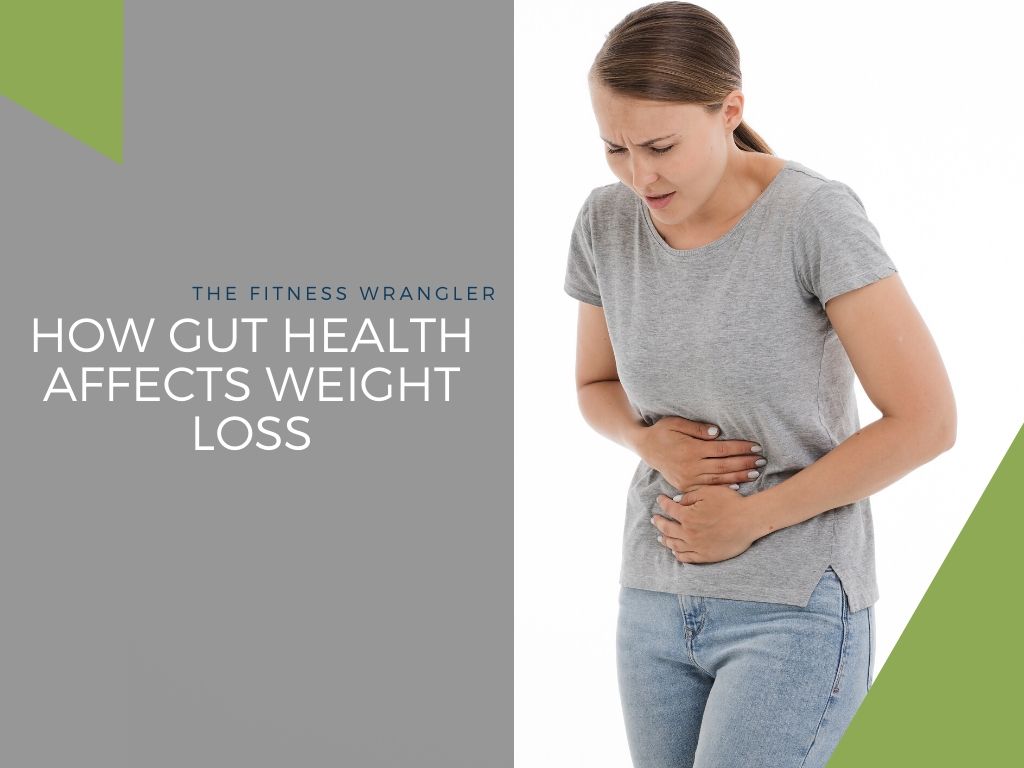

Leave A Comment